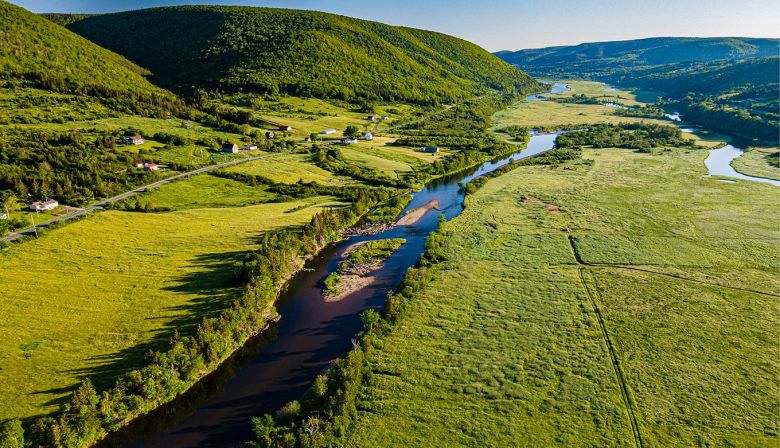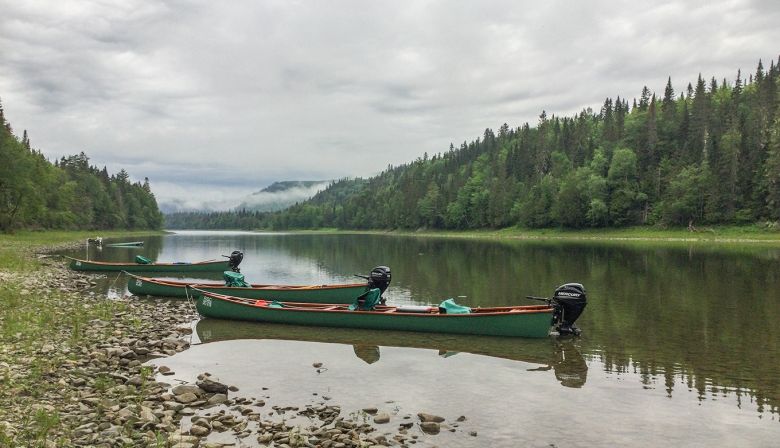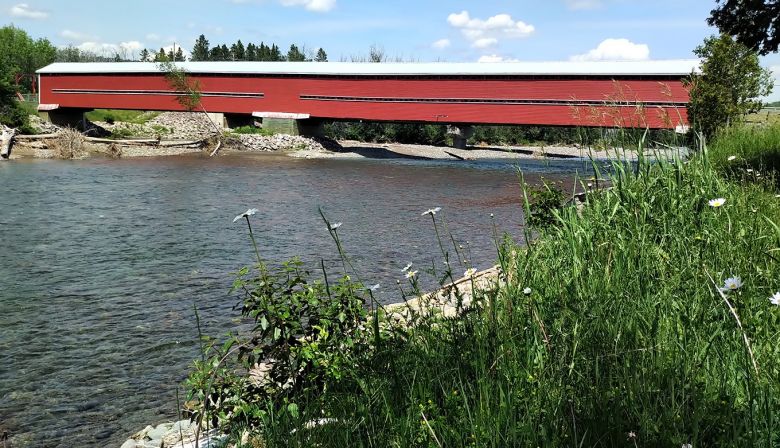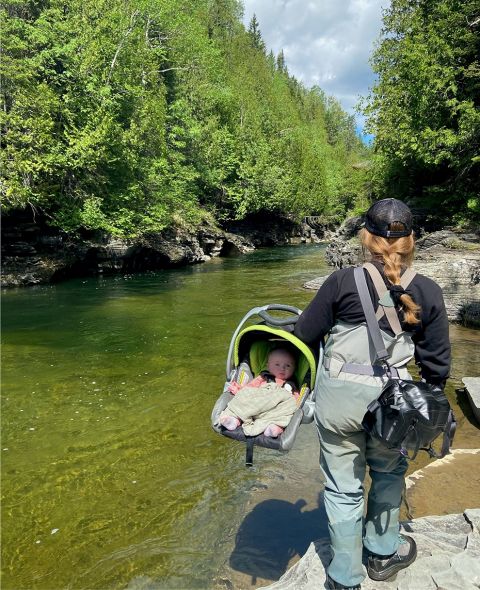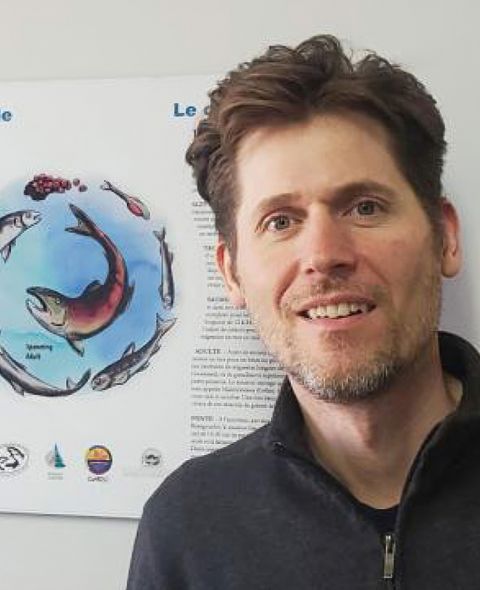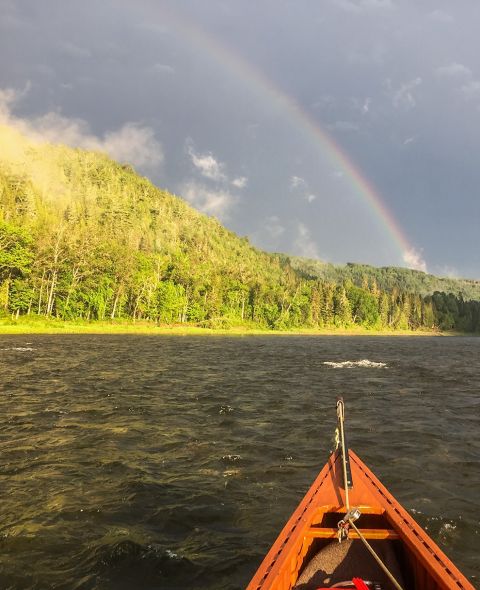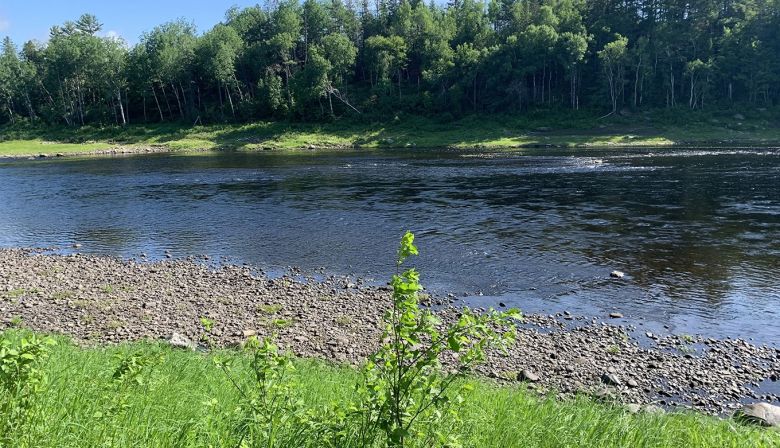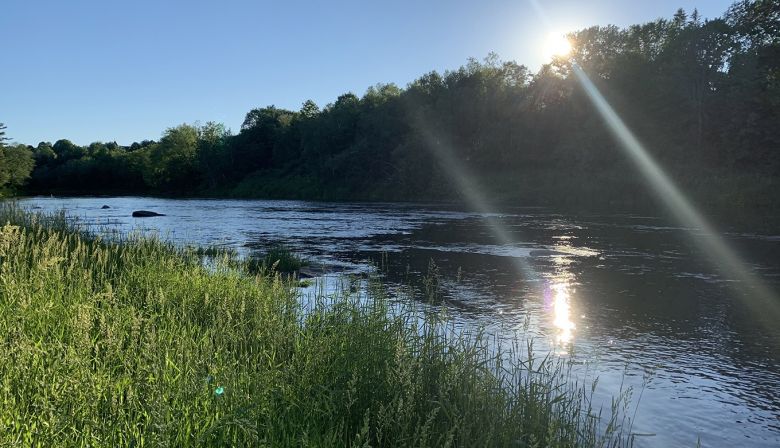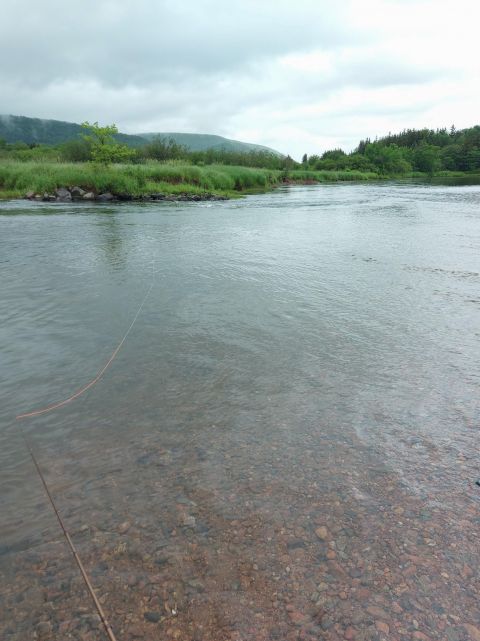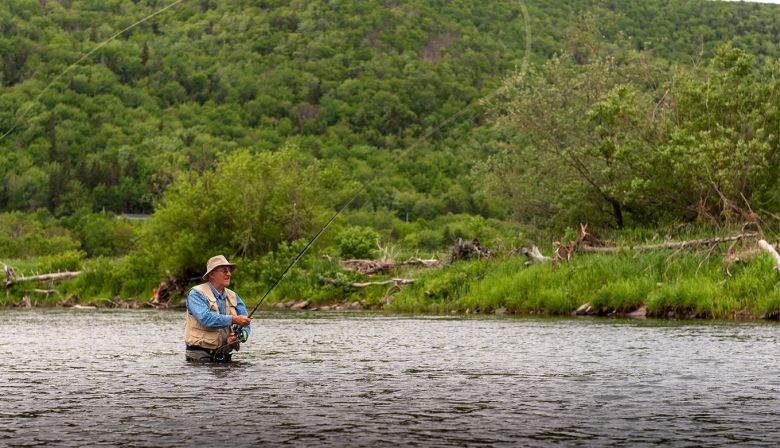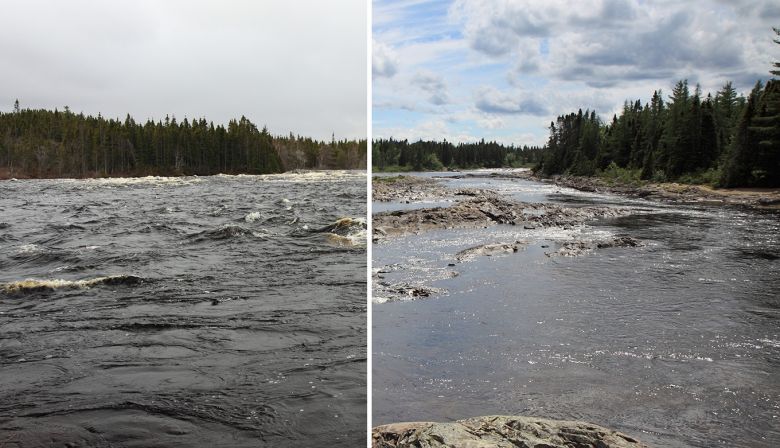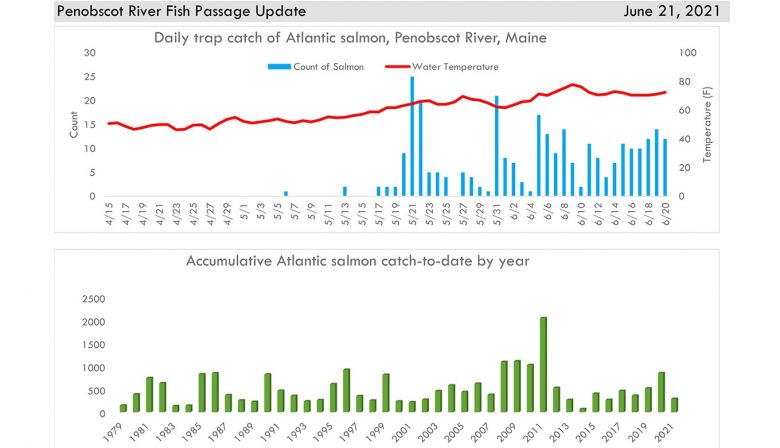River Closures due to high temperature
Due to the heat, on Thursday DFO announced the first of the closures:
FISHERIES AND OCEANS CANADA
NOTICE TO ANGLERS
na.21.012B
2021-103
Jun. 24, 2021
Salmon Rivers Closing in Zone 9 & 10
DFO advises anglers that due to extremely high water temperatures and/or low water levels, the following rivers will be restricted to morning angling only effective one hour after sunset on June 24, 2021.
During this period, angling is permitted from one hour before sunrise to 10:00 am each day, and will be closed to angling from 10:01 am to one hour before sunrise on the following day.
The rivers will reopen as conditions improve. Please refer to page 16 of the 2021 Angler’s Guide for further information on the 2021 environmental protocol.
Zone 9
87. Branch River, St. Mary’s Bay
Zone 10
88. Great Barasway
89. South East River (Placentia) & tributary streams
90. Northeast River, Placentia
91. Come By Chance River
92. Watsons Brook
93. North Harbour River, Placentia Bay
94. Black River, Placentia Bay below falls
95. Piper’s Hole River
For more information please visit the In Season River Status website here or call the Angling Line at 1-800-782-3058.
The Regional Director General, Fisheries and Oceans Canada, Newfoundland and Labrador Region gives notice that Variation Orders 2021-062, 2021-063, 2021-064, 2021-065 and 2021-066 have been revoked and Variation Orders 2021-099, 2021-100, 2021-101, 2021-102 and 2021-103 come into effect at 1800 hours on June 24, 2021.
DFO has also made a change to fisheries regulations related to an aquaculture escape in the south coast area:
Change to Management Measures for Ouananiche (Long Pond, Hermitage)
Effective immediately, in response to clean-up efforts concerning an aquaculture fish escape, the Department of Fisheries and Oceans is advising anglers that the bag limit and possession limit for Ouananiche in Long Pond, Hermitage, Fortune Bay area (next to Route 364, the Hermitage Highway) is currently varied to “not applicable”.
This will remain in effect until the end of the 2021 angling season.
Note: Daily Bag/Possession Limit/Size Restrictions for Trout and Other Species remain in effect.
DFO is asking members of the public who angle Ouananiche in Long Pond, Hermitage to report their daily catch by contacting the DFO office in Marystown at (709) 279-7863, or via email at: Elaine.rolls@dfo-mpo.gc.ca.
A disturbing development has been news of a fish kill on the
Salmon Cove system, in eastern Newfoundland.
Leo White writes:
You may have heard about the fish kill on the Salmon Cove system. This is the little river that runs out into the ocean at Salmon Cove sands, a very popular tourist attraction.
Dead fish started showing up over the last weekend. All species and big numbers.
It appears that the fish included brown trout. I would guess that very few if any adult Atlantic salmon have come in yet but there are kelts and smolts as well as fry and parr that have been killed.
DFO and Environment have been out there to collect evidence.
Local people speculate that the Victoria sewage lagoon may be the cause as there is an algae bloom in one of the downstream ponds. Low water and high temperatures may also be factors as there would be very little water to flush the system. Not sure what can be done but there needs to be a call for a thorough investigation.
MAINE

